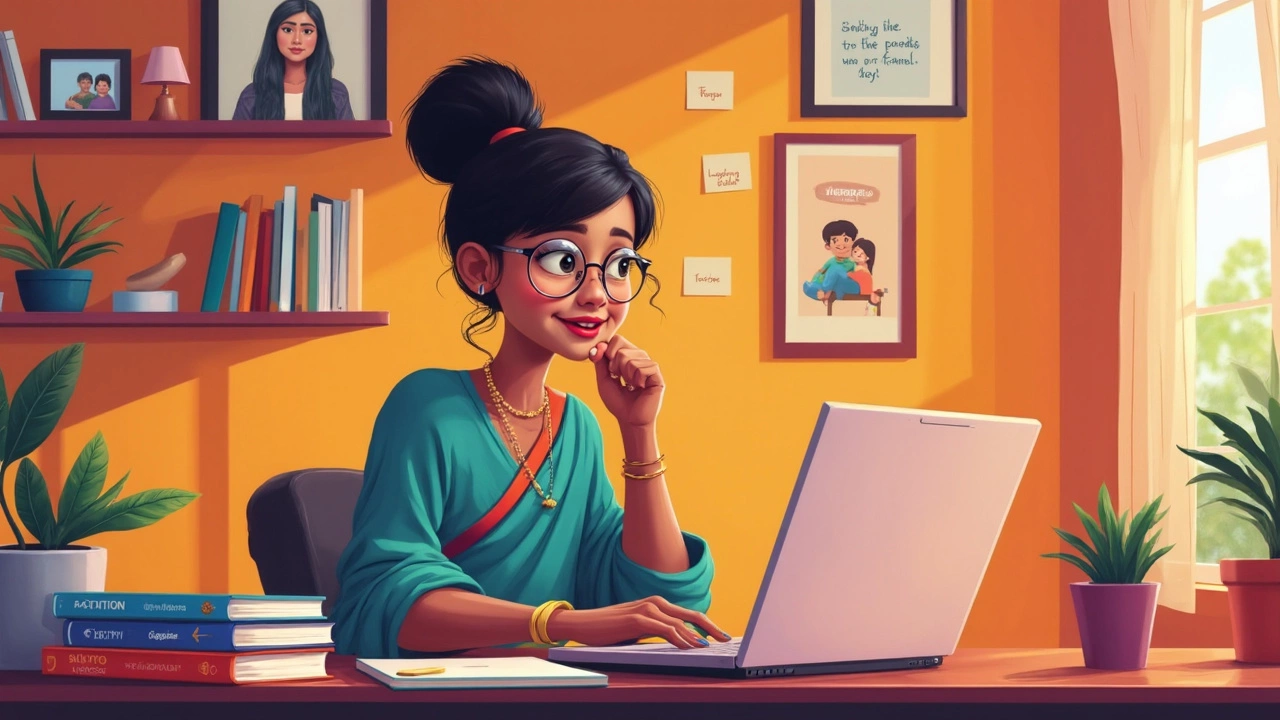Learn Coding at 35: Practical Steps to Get Started and Keep Going
If you’re 35 and thinking about coding, you’re not alone. Many people switch to tech after a different career, and the good news is that age doesn’t stop you from learning fast. The key is to treat coding like a sport: set clear goals, practice regularly, and adjust the plan when you hit a plateau.
Set a Simple, Realistic Goal
First, decide what you want to achieve in the next three months. Do you want to build a simple website, automate a spreadsheet, or understand the basics of Python? Write that goal down and turn it into a tiny weekly target – for example, "complete one Python tutorial chapter each week." A clear target keeps you focused and makes progress feel measurable.
Break the goal into micro‑tasks: watch a 10‑minute video, write a few lines of code, or fix a bug from a practice project. When each micro‑task is done, you get a quick win that fuels motivation.
Pick the Right Learning Path
Not every resource works for every adult learner. Choose platforms that let you move at your own pace and give instant feedback. Free options like the "Fastest Way to Be Fluent in English" style guides exist for coding too – short, actionable lessons that you can apply right away. Look for courses that combine short videos with hands‑on exercises, such as building a small app after each module.
If you prefer reading, find a beginner‑friendly book that explains concepts with real‑world examples. The important part is to stay consistent: a 30‑minute daily habit beats a marathon session once a month.
Build a Practice Routine that Fits Your Life
At 35 you probably have work, family, or other commitments. Schedule coding just like a regular appointment. Early mornings, lunch breaks, or evenings can work – pick a time when you’re least likely to be interrupted.
Use the "coding learning curve" insight: the first weeks feel slow, then things click. Expect a dip around weeks 4‑6 – that’s normal. When you notice a slowdown, switch to a different activity: read a blog post, watch a walkthrough, or review past code. Changing the angle often helps the brain break through plateaus.
Deal with the Downsides Early
Coding can be mentally taxing. Long screen time may cause eye strain or back pain. Take a 5‑minute break every 25 minutes (the Pomodoro technique works well). Stretch, walk, or look away from the monitor to keep your body happy.
Stress about bugs is also common. Treat each error as a puzzle, not a failure. Write down what you tried, what the error message said, and the solution. Over time you’ll build a personal cheat sheet that speeds up debugging.
Leverage Community and Real‑World Projects
Joining a beginner’s forum or Discord server gives you instant feedback and accountability. Share your small wins, ask for help, and celebrate others’ progress. Real‑world projects, even tiny ones like a personal budget tracker, turn abstract concepts into tangible results.
When you finish a simple project, add a new feature. That incremental growth mirrors the "Does coding ever get easier?" idea – each habit you form makes the next step smoother.
Measure Progress and Adjust
Every month, review what you’ve built. Write down the skills you now have (e.g., loops, API calls) and compare them to your original goal. If you’re ahead, set a slightly tougher target. If you’re behind, look at where you lost time – maybe a different resource or a study group can help.
Remember, learning to code at 35 is a marathon, not a sprint. With a clear goal, a daily habit, and a supportive community, you’ll see steady improvement and open doors to new career options.
- June
19
2025 - 5
Is 35 Too Old to Learn Coding? What Really Matters
Wondering if 35 is too old to jump into coding? This article breaks down the real challenges and perks of learning to code as an adult, backed by current examples. You’ll see why age isn’t the barrier it’s made out to be, and get practical tips on getting started. We’ll also tackle myths about tech careers being for the young and highlight resources designed for adult learners. The goal: make coding feel possible and approachable at any age.
Read More